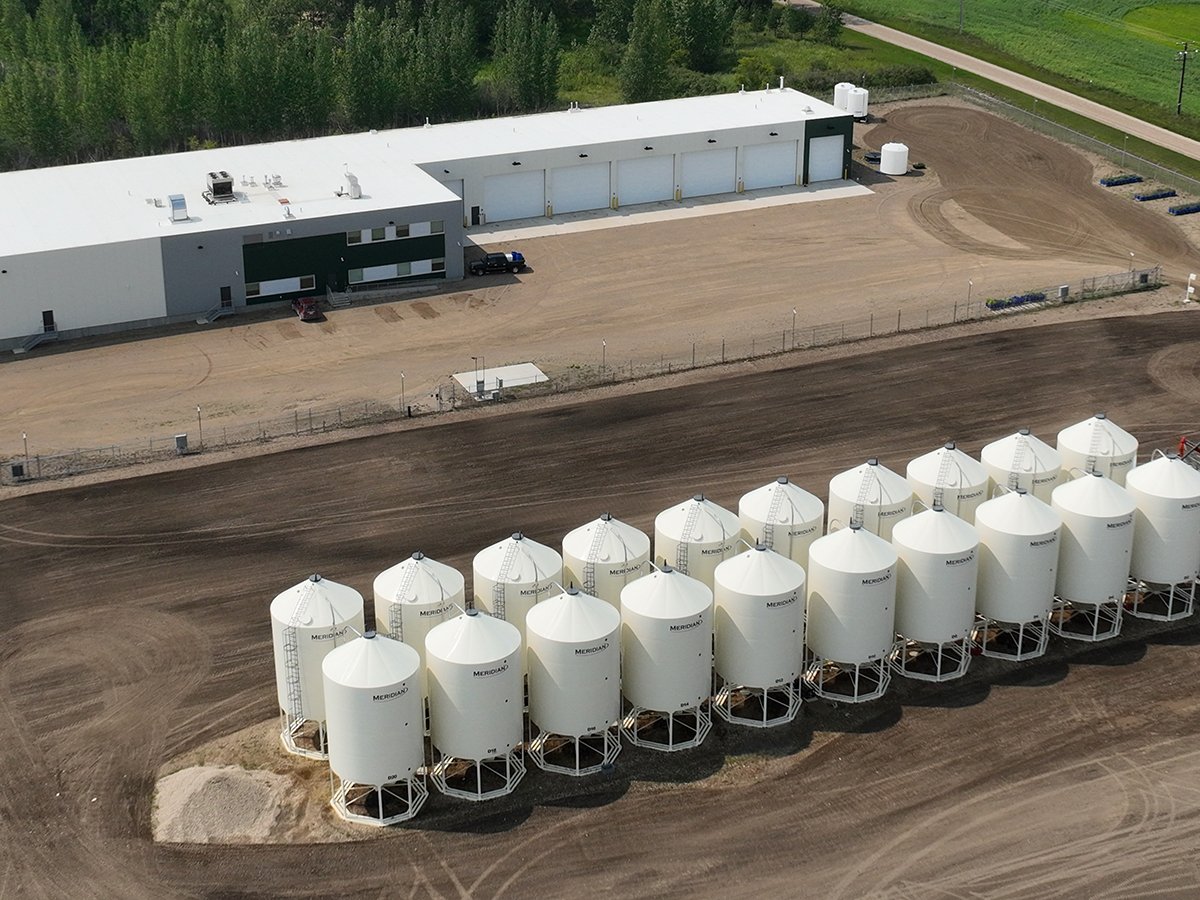Managing a farm business’s workforce is as important as managing production and marketing.
Employees’ responsibilities are typically defined by what they do, who they report to, and for managers, who reports to them.
Over time, these definitions are assigned to positions in the organization rather than to specific individuals. The relationships among these positions can be illustrated graphically in an organizational chart.
It can be difficult to understand a business’s organizational structure and even more difficult to determine how to effect the required change.
Read Also

Saskatchewan firm aims to fix soil with compost pellets
In his business, Humaterra, Leon Pratchler is helping farmers maximize yields in the weakest areas of their fields through the use of a compost pellet.
I find that this is one of the most significant challenges facing farm families today.
For most farms, the relationships still comprise “family,” and there are inherent challenges in family reporting to family:
- Who gets to manage what?
- Who gets to be the boss?
- Does someone actually need to be the boss?
- How do you discipline a family member?
Management responsibilities are usually assigned to a person as opposed to a specific area of management. Sometimes the positions are filled by default, meaning someone who doesn’t have any other area of responsibility as opposed to someone who really has an interest in management.
This is a reality of family farms and family businesses.
Understanding and embracing organizational development is likely not something that is required on a day-to-day basis for an average sized farm, but it is hugely important for farms that have growth aspirations and/or intergenerational transition looming.
It is necessary to ensure that management development is properly aligned with growth and farm business development.
An increasing number of farms fill management positions with “arm’s length” individuals. This eliminates the family-related challenges but introduces another challenge because arm’s length employees who become frustrated with a lack of organizational development will likely leave.
Knowing who reports to whom and what each person’s job entails gives everyone in the business an understanding of why things are done the way they are.
Setting up a business so that it is obvious who reports to whom makes it clear to all involved who to go to when a question or problem occurs.
People working in the business should clearly understand who the boss is, to whom they report and what decisions they can make on their own.
It is essential to organize the reporting structure so that each person in the system has only one boss.
Employees who have two bosses may receive different orders and instructions, which can reduce efficiency, create confusion and generate frustration and negative feelings.
Keys to effective organizing include:
- proper planning of the organization
- consensus agreement on where the farm business is headed
- clear relationships among the people in the organization
- delegation of authority
- clear limits to delegation
- authority accompanied with responsibility
- a structure that is neither too complex nor too simple
Establishing a farm’s organizational structure is the first step in developing a complete human resource plan, which includes job descriptions, a performance review process, compensation policies and training-education plans.
It also allows farmers to analyze reporting lines and make changes if they are not satisfied with their farms’ current management structure.
Understanding the organizational structure will help eliminate role confusion, manipulation of authority and power struggles that may result from unclear reporting lines.
Developing an organizational structure requires that the farm family think through the positions on the farm and tasks associated with each position. It may help identify positions where the person in charge is responsible for more than their share, areas where it is unclear who is responsible and areas where no one is responsible.
The organizational structure becomes the basis for future advancement and development.
Knowing who is responsible for what helps determine if the person has the required skills or if training is needed.














